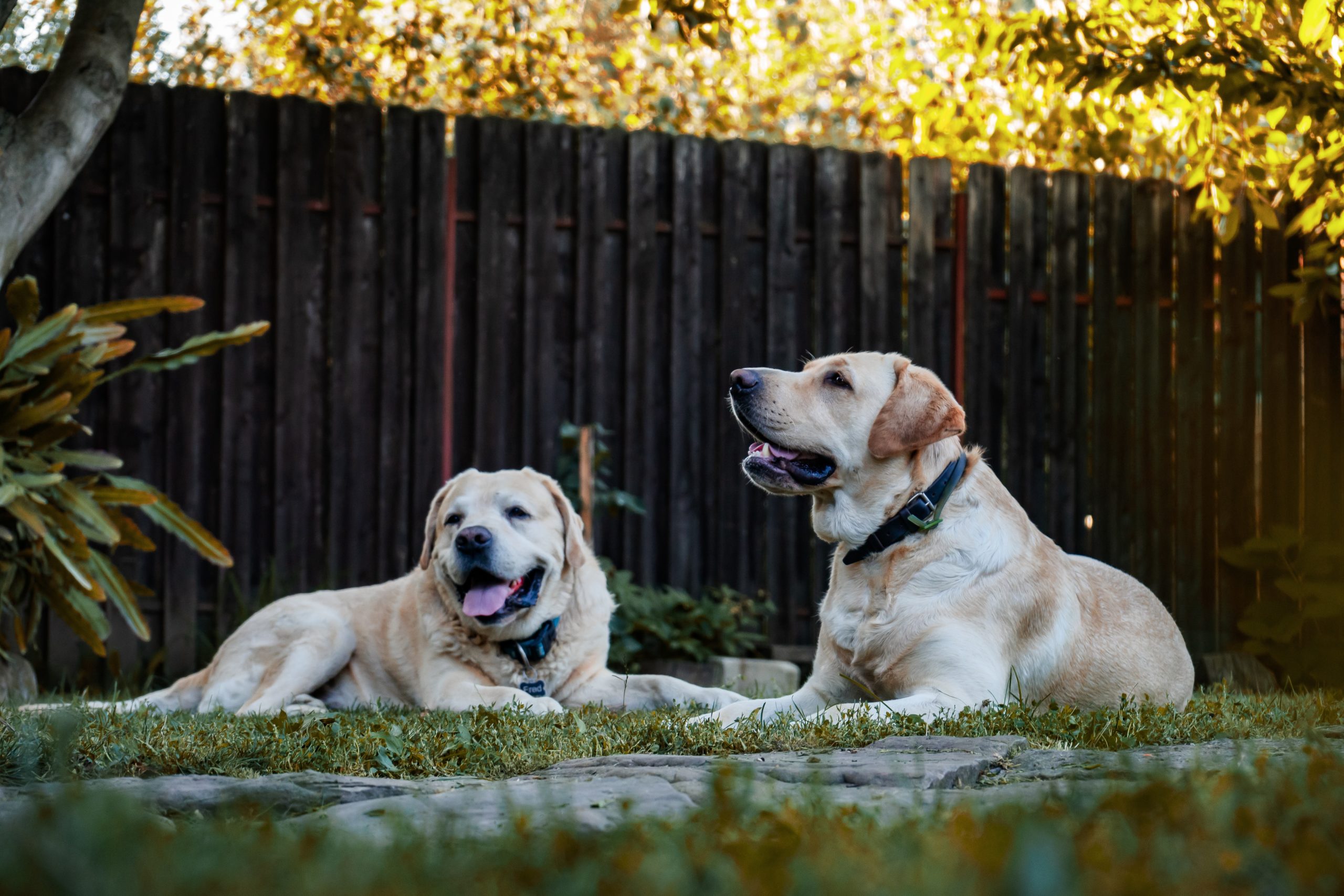Seizures or convulsions in dogs can be a frightening thing, for both you and your dog. A seizure or convulsion is a sudden, uncontrolled electrical discharge from the brain. It can result in many different signs, and have many different causes.
What can a seizure look like?
There is a loss or derangement of consciousness, with contraction or increased activity of muscles, paddling of the limbs, salivation, and often involuntary urination and defecation. Partial seizures do not involve loss of consciousness as they only arise from part of the brain, causing facial muscle twitching and abnormal head movements. Then there are psychomotor seizures, which are manifested as abnormal behaviour, such as rage, tail chasing, and hysteria.
Seizures are often preceded by a period of unusual behaviour such as hiding, attention seeking, or agitation. After a seizure there is a short period of disorientation, during which imbalance, confusion, pacing, and blindness may occur.
What causes seizures?
There are many different causes, either originating in the brain such as epilepsy, or outside the brain, such as low blood sugar. Epilepsy is the most common diagnosis, and has no demonstrable cause. It is inherited in some breeds, and is usually able to be well-controlled with medication.
How can the cause of seizures be diagnosed?
Information is gathered on any other signs of illness, access to poisons such as snail bait or insecticides, or prior head trauma. Blood tests check for diseases which can cause seizures, and a neurological examination looks for signs of brain disease. A spinal tap may be required. This is done under general anaesthesia and collects fluid that surround the brain. Specialist procedures available include CAT scans (computer assisted tomography) and MRI (magnetic resonance imaging) to look at the brain. Failure to find any problems often leads to a diagnosis of epilepsy.
What should I do if my dog is having a seizure?
Try not to handle your dog during a seizure, unless there is a risk of it harming itself by falling. You do not need to try to open its mouth, as dogs will not swallow their tongues. After the seizure, let your dog recover in a quiet, darkened environment while you obtain veterinary advice. However, if your dog appears to be seizuring for a long time (for longer than 5 minutes), you will need to take him to your veterinarian to stop the seizure, as the body temperature can increase to a dangerous level.
What is the treatment for seizures?
The treatment depends on the cause. If there is a disease present that is resulting in seizures, it will be treated specifically. If there is no identifiable cause, the treatment is anticonvulsants as prescribed by your veterinarian. Phenobarbital and primidone are the most efficacious anticonvulsant drugs and may be prescribed by your veterinarian. Potassium bromide is useful in dogs that do not respond to phenobarbital. Some newer drugs may have potential usefulness. If seizures occur infrequently, treatment may not be recommended.




